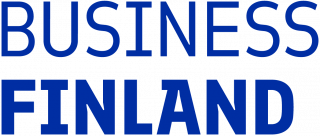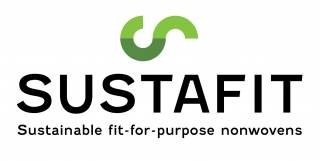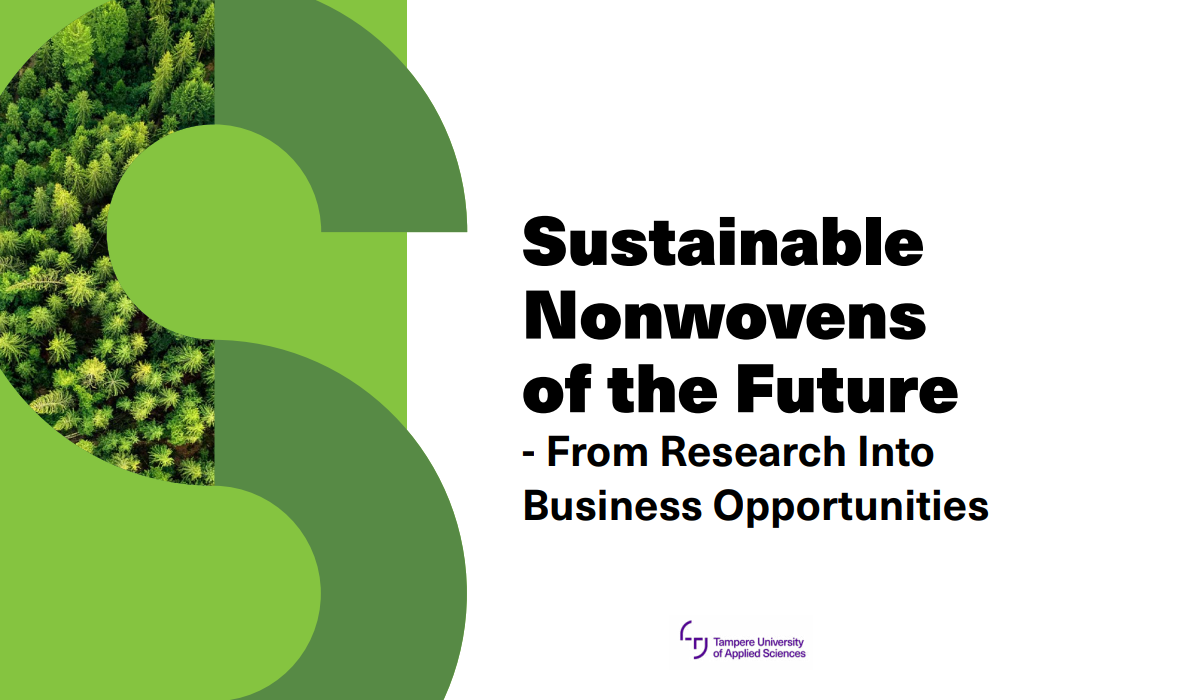Load your copy in Theseus open repository:
Sustainable Nonwovens of the Future – From Research Into Business Opportunities – Theseus
The nonwovens industry stands out as unique with its versatility and adaptability, which has allowed the industry to explore and innovate new materials, technologies, and applications. In an era where humanity is faced with pressing global challenges such as climate change, and resource scarcity, more sustainable actions are needed.
As sustainability can be seen more as a necessity than a preference, more sustainable actions and new sustainable innovations are needed in every sector, including the nonwovens industry. This means innovating for a future where nonwovens not only meet our needs but also contribute positively to our world. This also requires the collective effort of all stakeholders within the nonwovens industry and emphasises the importance of collaboration and partnership in driving sustainable practices.
Nonwovens offer huge opportunities for new kinds of sustainable businesses
This practical workbook presents insights from the 2022–2024 SUSTAFIT project in an easily implementable manner. The workbook provides insights into
- the market opportunities that lie ahead when we align business strategies with sustainable practices including exploration of new market opportunities, business models for single-use nonwovens, and segment-specific sustainability strategies;
- technical perspectives on how to manufacture nonwovens in a way that takes sustainability into consideration through novel raw materials, innovations, and technologies, taking into account end-of-life options and up-scaling possibilities with piloting; and
- the importance and strategies for building ecosystems including service and test beds providers, emphasising the collective effort of all stakeholders, the use of digital platforms, and how to create value through ideation. We hope that these practices will be adopted across the broader nonwovens value network, thereby creating substantial impact, and facilitating the emergence of new sustainable businesses.
Editors:
Dr. Pia Hautamäki Tampere University of Applied Sciences
TAMK & M.Sc. Noora Raipale VTT Technical Research Centre of Finland



